Winter Storm Warnings
January 1 2026
* WHAT...Freezing rain expected. Total ice accumulations of a light
glaze to one-tenth of an inch.
* WHERE...Eastern Columbia River Gorge of Oregon and Washington, and
North Central Oregon.
* WHEN...Until 1 AM PST Friday.
* IMPACTS...Difficult travel conditions are possible. The hazardous
conditions could impact the Thursday morning and evening commutes.
* WHAT...Freezing rain expected. Total ice accumulations of a light
glaze to one-tenth of an inch.
* WHERE...Central Oregon.
* WHEN...Until 1 PM PST this afternoon.
* IMPACTS...Very slippery sidewalks, roads and bridges are possible.
The hazardous conditions could impact the Thursday morning commute.
* WHAT...Freezing rain expected. Total ice accumulations around a
light glaze.
* WHERE...Kittitas Valley, Yakima Valley, Lower Columbia Basin of
Washington, and Foothills of the Blue Mountains of Washington.
* WHEN...Until 4 AM PST Friday.
* IMPACTS...Very slippery sidewalks, roads and bridges are possible.
The hazardous conditions could impact the Thursday evening commute.
* WHAT...Mixed precipitation expected. Total ice accumulations of a
light glaze to one-tenth of an inch.
* WHERE...Upper and Lower Slopes of the Eastern Washington Cascades
Crest.
* WHEN...Until 4 AM PST Friday.
* IMPACTS...Plan on slippery road conditions.
* WHAT...Freezing rain expected. Total ice accumulations of a light
glaze to one-tenth of an inch.
* WHERE...Foothills of the Blue Mountains of Oregon, and Lower
Columbia Basin of Oregon.
* WHEN...Until 1 AM PST Friday.
* IMPACTS...Difficult travel conditions are possible. Slippery
conditions could occur on portions of I-84, US 395 and SR 11.
* WHAT...Freezing rain expected. Total ice accumulations of a light
glaze to one-tenth of an inch.
* WHERE...Simcoe Highlands.
* WHEN...Until 4 AM PST Friday.
* IMPACTS...Difficult travel conditions are possible.
* WHAT...Heavy snow possible above 5000 Feet. Total snow
accumulations between 1 and 3 feet possible. South winds could
gust as high as 60 mph over high and exposed terrain.
* WHERE...North Central and Southeast Siskiyou County, South Central
Siskiyou County, and Western Siskiyou County at elevations above
5000 feet. Snow levels around 6000 feet on Friday evening will
fall to around 5000 feet by Sunday.
This includes the following passes or notable locations...
Etna Summit on Sawyers Bar Rd at 5950 ft.
Mt. Shasta ski park highway at 5462 ft.
Bunny Flat on Everitt Memorial highway at 6900 ft.
Grass Lake at Mt. Hebron at 5291 ft.
* WHEN...From Friday evening through Sunday evening.
* IMPACTS...Travel may be very difficult to impossible. Strong winds
could cause tree damage.
* ADDITIONAL DETAILS...Snow levels will be lowest on Sunday evening,
with an accumulating snow likely on Snowman Summit. Additional
snow is possible early next week with little change in the snow
level.
* WHAT...Freezing rain expected. Total ice accumulations between one
tenth to a quarter of an inch. Locally higher accumulations up to
three tenths of an inch possible.
* WHERE...Upper Hood River Valley.
* WHEN...From 10 AM this morning to 10 AM PST Friday.
* IMPACTS...Roads, and especially bridges and overpasses, will
likely become slick and hazardous.
* WHAT...Freezing rain expected. Total ice accumulations up to
around one tenth of an inch.
* WHERE...Central Columbia River Gorge.
* WHEN...From 10 AM this morning to 10 AM PST Friday.
* IMPACTS...Roads, and especially bridges and overpasses, will
likely become slick and hazardous.
* ADDITIONAL DETAILS...The best chances for freezing rain
accumulation will occur around the Hood River and White Salmon
area.
* WHAT...South winds 25 to 40 mph with gusts up to 60 mph possible.
* WHERE...The Shasta Valley in central Siskiyou County, including
Interstate 5 through the Shasta Valley, Montague, Grenada and Weed.
* WHEN...From Friday morning through Saturday evening.
* IMPACTS...High winds may move loose debris, damage property and
cause power outages. Travel could be difficult, especially for
high profile vehicles.
* ADDITIONAL DETAILS...The strongest winds are likely during Friday
night, and also Saturday afternoon. Two areas of low pressure will
track northward through the region, with a brief, slight decrease
in wind speeds between them on Saturday morning.
Residents of Oregon are advised to exercise caution as multiple Winter Weather Advisories are in place across the state. Freezing rain with ice accumulations is expected to create hazardous travel conditions, particularly in the Eastern Columbia River Gorge, North Central Oregon, Central Oregon, the Foothills of the Blue Mountains, the Lower Columbia Basin, the Upper Hood River Valley, Central Columbia River Gorge, Baker County, Harney County, and Malheur County. Ice accumulation on roads, sidewalks, and bridges can lead to very slippery conditions, affecting cities including Hood River and Pendleton. Additionally, an Air Stagnation Advisory warns of poor air quality which may impact those with respiratory issues. Drivers should be especially careful on major routes like I-84, US 395, and SR 11, and are urged to slow down, use low beam headlights, and maintain a safe distance from other vehicles.
Avalanche Conditions

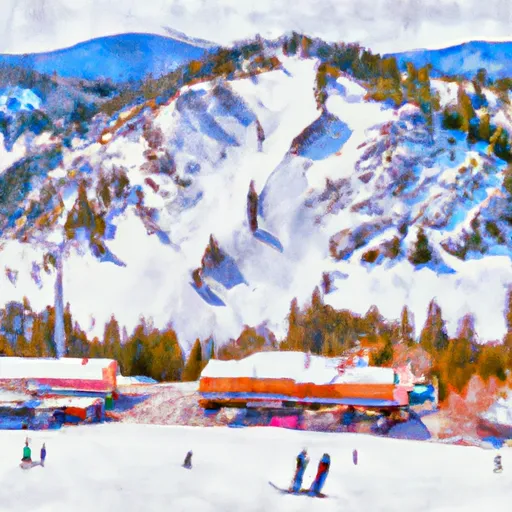 Anthony Lakes Mountain Resort
Anthony Lakes Mountain Resort
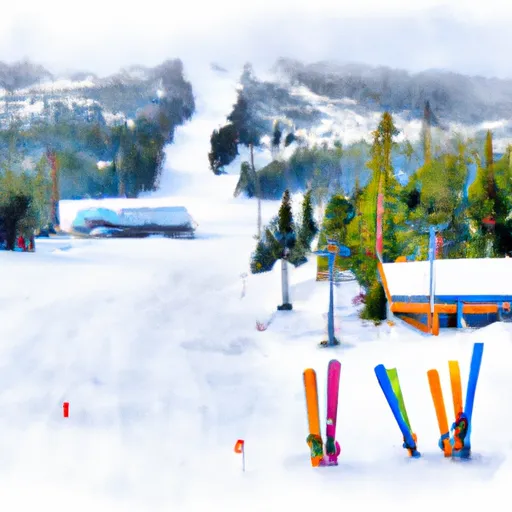 Hoodoo Ski Area
Hoodoo Ski Area
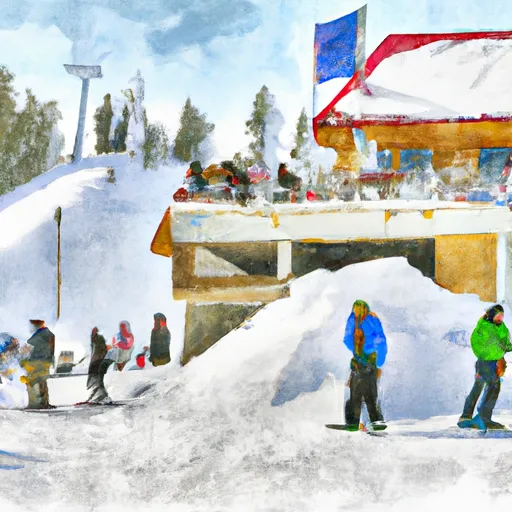 Mt. Ashland Ski & Snowboard Resort
Mt. Ashland Ski & Snowboard Resort
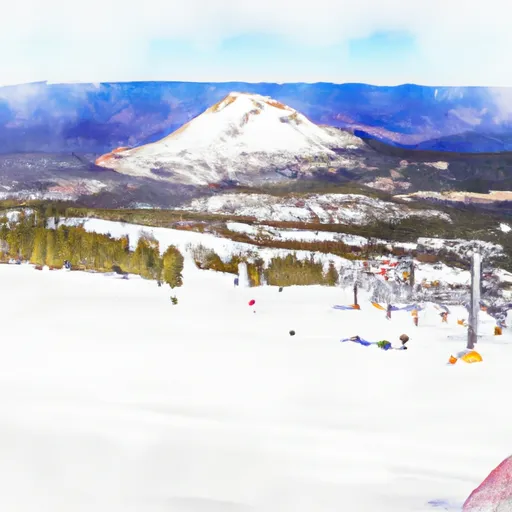 Mt. Bachelor
Mt. Bachelor
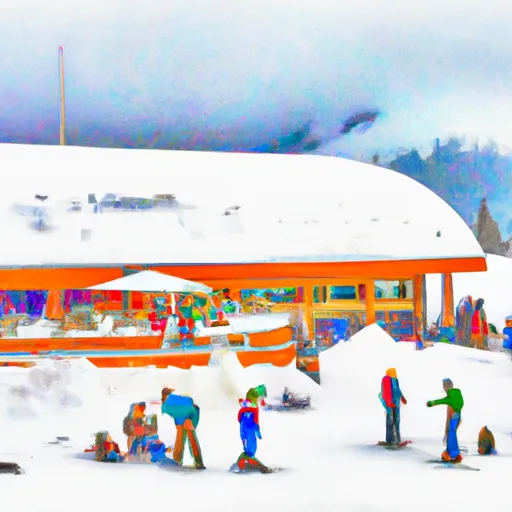 Mt. Hood Meadows Ski Resort
Mt. Hood Meadows Ski Resort
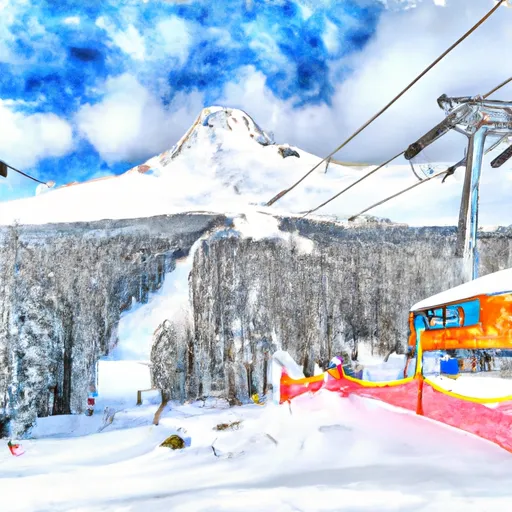 Mt. Hood Skibowl
Mt. Hood Skibowl
 Spout Springs
Spout Springs
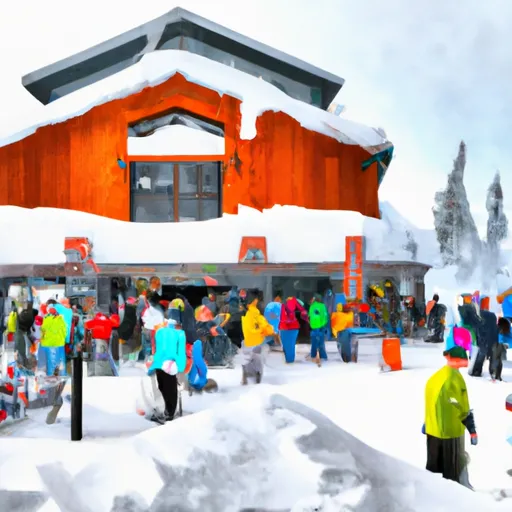 Timberline Ski Area
Timberline Ski Area
 Warner Canyon
Warner Canyon
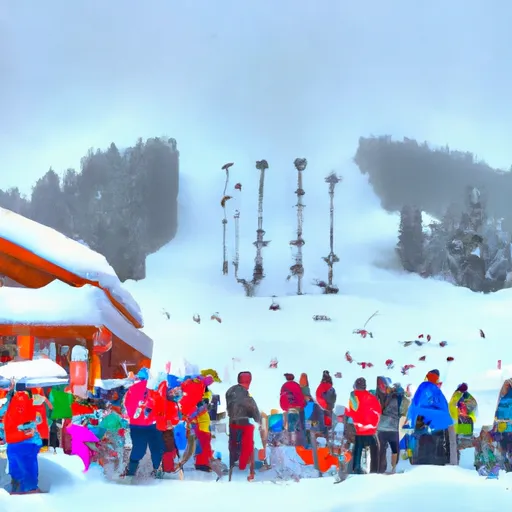 Willamette Pass
Willamette Pass